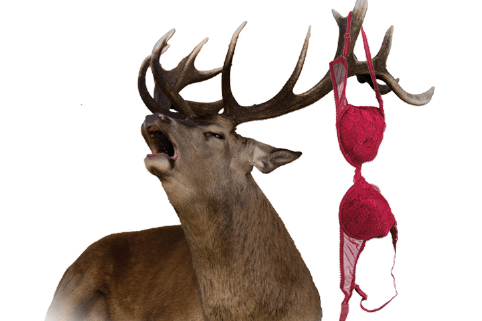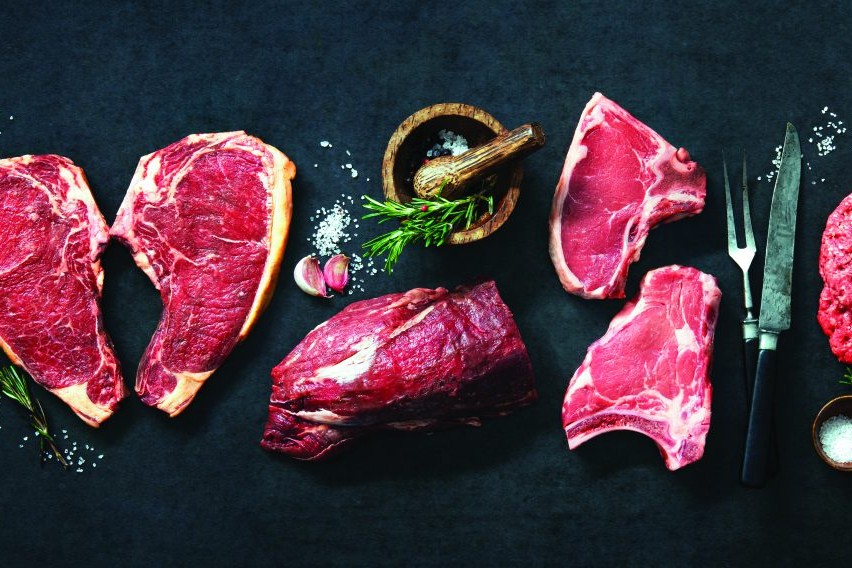A gate-crasher has his way
Nick Loughnan’s time with deer was almost up, but then a young feral stag had other ideas.

Nick Loughnan’s time with deer was almost up, but then a young feral stag had other ideas.
OUR DAYS WITH DEER ARE NOW numbered. Having farmed them for more than 20 years with a few ups and downs along the way, we had decided to phase them out.
They have always been fascinating animals to watch through the seasons at meal times from our dinner table, and we’ve had some great years with them.
We were among Deer Improvement’s first clients when they began offering their AI services in 2003, giving the industry a huge genetic boost across a range of desirable traits. Gains for growth rates in fawns were both fast and exciting, and we were hooked.
But it hasn’t been plain sailing recently. A few factors had come into play for us to continue farming them, and our enthusiasm had waned. The requirement to upgrade the floor and wall surfaces in our shed to meet velveting regulation hygiene standards was one. How a stag fresh out of a paddock can suddenly achieve a new standard of cleanliness by standing in a pen with painted walls and washable floor surfaces for velvet removal is beyond me. And without the cosmetic shed changes, our velvet wouldn’t make the grade.
But more, I have always sat uneasily with cutting velvet off these majestic animals. Early shed meetings hosted by the deer industry were quick to sound warnings around velvet removal.
Visitors were not to be encouraged to watch the procedure, while cameras were definitely off limits. And for good reason. Many would find the grisly sight of these grand animals, sedated, recumbent and tourniquet before their velvet was taken off with a handsaw very distressing to watch.
We’ve always wanted to be open about how and what we farm, and this aspect of deer farming doesn’t fit with how we know the wider public would want to view it.
And now there are Farm Environment Plans, more fencing requirements, a very mediocre venison schedule over the last two seasons, and the hassle of annual TB testing. So the call was made. No hinds to the stag in March, and dispersal of the animals once the schedule lifted. The plan didn’t last long.
We woke one night to the sound of a full throaty roar not far from the house, well beyond the ability of our few remaining spikers. A morning scan of the mob revealed all. Among our hinds was a true gate-crasher, a young 14-pointer in great condition, and already making himself very much at home.
We drove around him a couple of times to check him out. No tag, no BVs – just a fine-looking feral opportunist following his irrepressible need to breed, with only a netting fence between him and a paddock full of prime hinds. I sympathised immediately.
After a morning of weighing up bullet or billet, to host him or roast him, he got his reprieve. And we’ll keep our hinds for another year, along with a crop of fawns with completely unknown pedigree.
Who knows from there. But the thing I’ll miss when they eventually do go is one of our oldest hinds. She’s 18 now and called Favourite after her sire, one of Deer Improvement’s first stags on offer. Part of my summer routine involves shifting irrigation water at night. When I’m out on calm moonlit nights waiting for water to arrive, she will always quietly approach me from behind. All I hear is the clicking of her fetlocks and her warm breath as she gives the back of my neck a sniff, stays for a quick pat, and is off again into the night. A special treat!
Regardless, change is constant, and is upon us all from many quarters. And as long as the raft of new regulations around change are fair, achievable and well designed, we must adapt or find something else to do.




